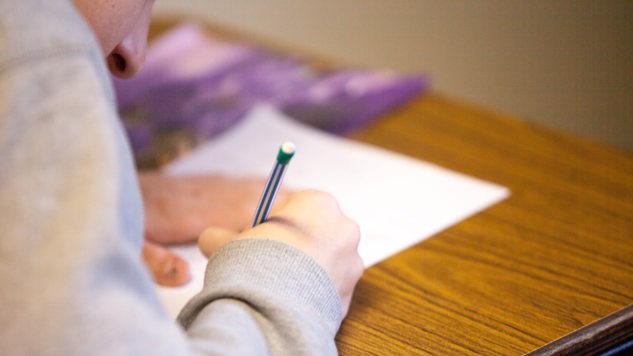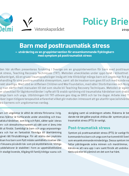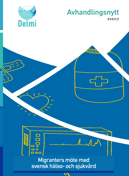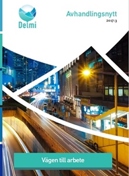The anthology includes policy-relevant summaries of six dissertations on the subject of children and migration. The anthologies touch upon different parts of the migration and integration process.
The different contributions in short:
The first contribution is written by Mehek Muftee, the chapter focuses on the preparation of children and youth for resettlement to Sweden. Conclusevly, the study shows that children are highly aware and active in their migration process and in the encounters with government body officials. The dissertation further shows that the Swedish delegations’ information sharing is highly idealised and sometimes excluding of relevant information.
The second contribution is written by Lisa Ottosson and focuses on the children’s perspective in the Swedish asylum process. The dissertation is structured in three parts where the author focuses on officials from the Swedish Migration Agency, family attorneys, and the asylum-seeking children’s own experience. The study concludes that there is a discrepancy between the ambitions of the officials at the migration agency and the bureaucratic practices. Another conclusion is that many of the family attorneys lack knowledge of the children’s own grounds for asylum, as well as the asylum systems orientation toward adults. The children’s own narratives shows that there is no natural place for young people in the asylum process as well as that the need for “normalcy”, as emphasised on a policy level, seem to be of great importance for the children and something that they actively strive for.
The third contribution is written by Gunilla Jarkman Björn and focuses on psychological health among children within families that have sought refuge in Sweden. One of the results is that the children in the study was in a worse psychological condition than their parents expressed, and that the parents were unaware of the children’s psychological problems. The study also shows that a positive effect may be attained with only a few sessions of family therapy.
Anna Åhlund has written the fourth contribution in the anthology. Her dissertation focuses the language training for Swedish as a second language. The study shows that language training occur within the frames of the language introduction program not only contributes to predetermined knowledge. The limited language skills also contribute to a “social preparation” where the students learn to be “newly arrived students”. The students go through a complex process where identities, cultures, and power-relations are created and negotiated. Åhlund emphasises that several factors obstruct these students from becoming “normal students”, which can lead to negative consequences for their integration.
The fifth contribution is written by Eva Skowronski and focuses on the social schooling situation for students that have immigrated to Sweden during the last years of grade school or upper secondary school. The study shows that the schools’ reception programs for newly arrived migrant children has a contributing effect on social alienation for the pupils that are enrolled.
Michael Lindblad has written the sixth contribution to this anthology. His dissertation focuses on why pupils with immigrant background are over-represented among the pupils that lack qualifications to apply for the national programs in upper secondary school. The departing point in the dissertation has been the youth’s own stories of their schooling, why they didn’t complete their studies, and what their future holds. The study concludes that factors such as teacher engagement and school quality, as well as supportive networks, parents included, gain larger importance for a successful education for youth with immigrant background then for pupils that have Swedish origins.
Om författarna
The contributing authors to the anthology, Children and migration (2018:6), are Gunilla Jarkman Björn, Michael Lindblad, Mehek Muftee, Lisa Ottosson, Eva Skowronski and Anna Ålund. The editors are Delmi’s research coordinators André Asplund, Sara Thalberg and Caroline Tovatt.
Picture by Ben Mullins from Unsplash.







